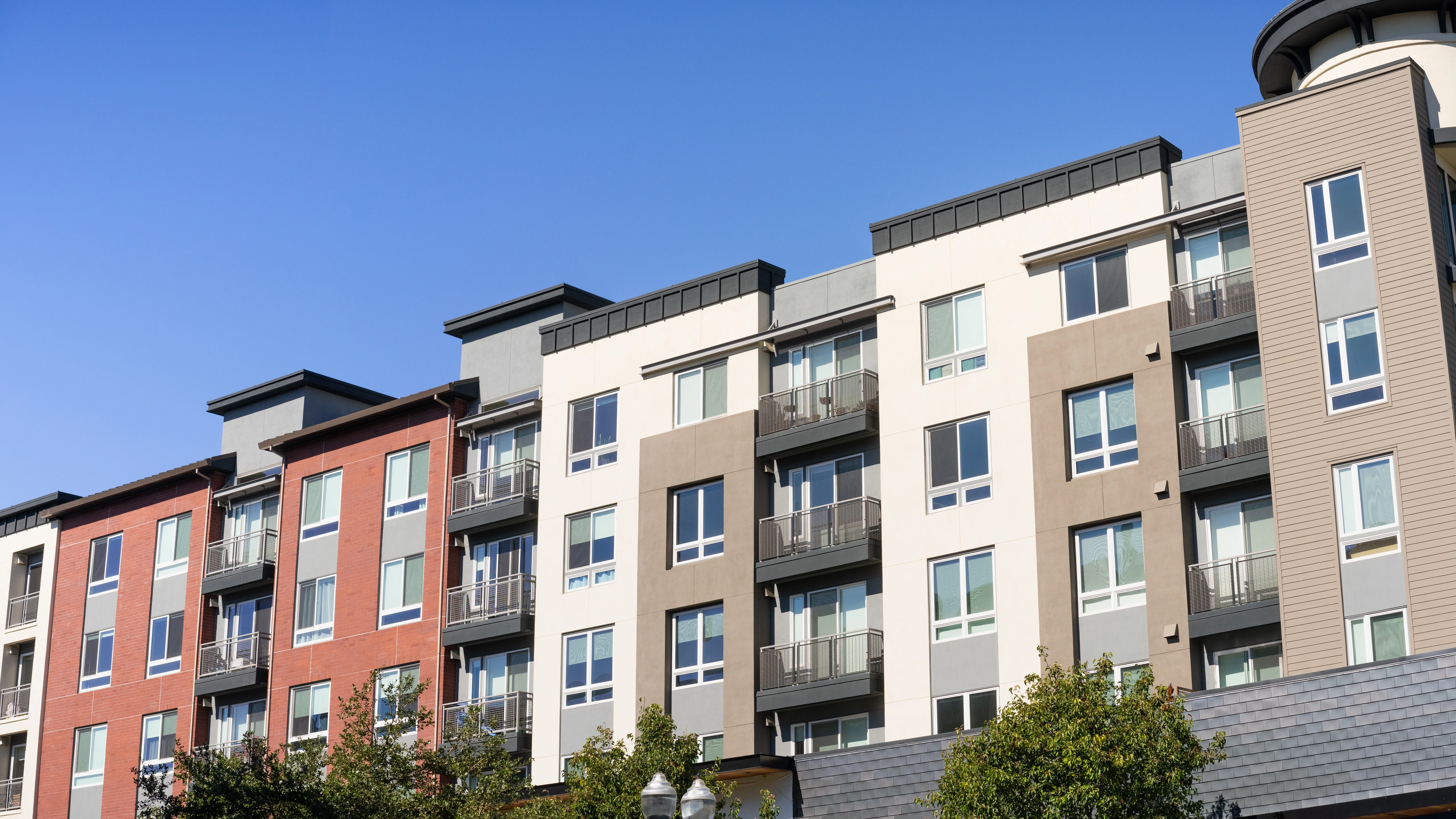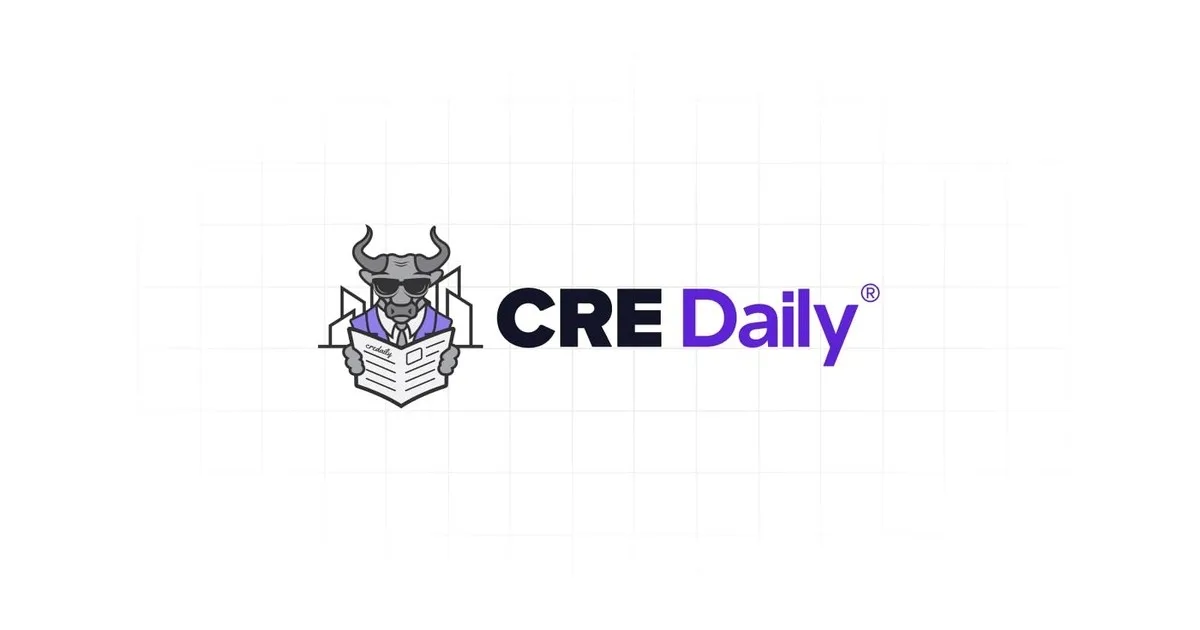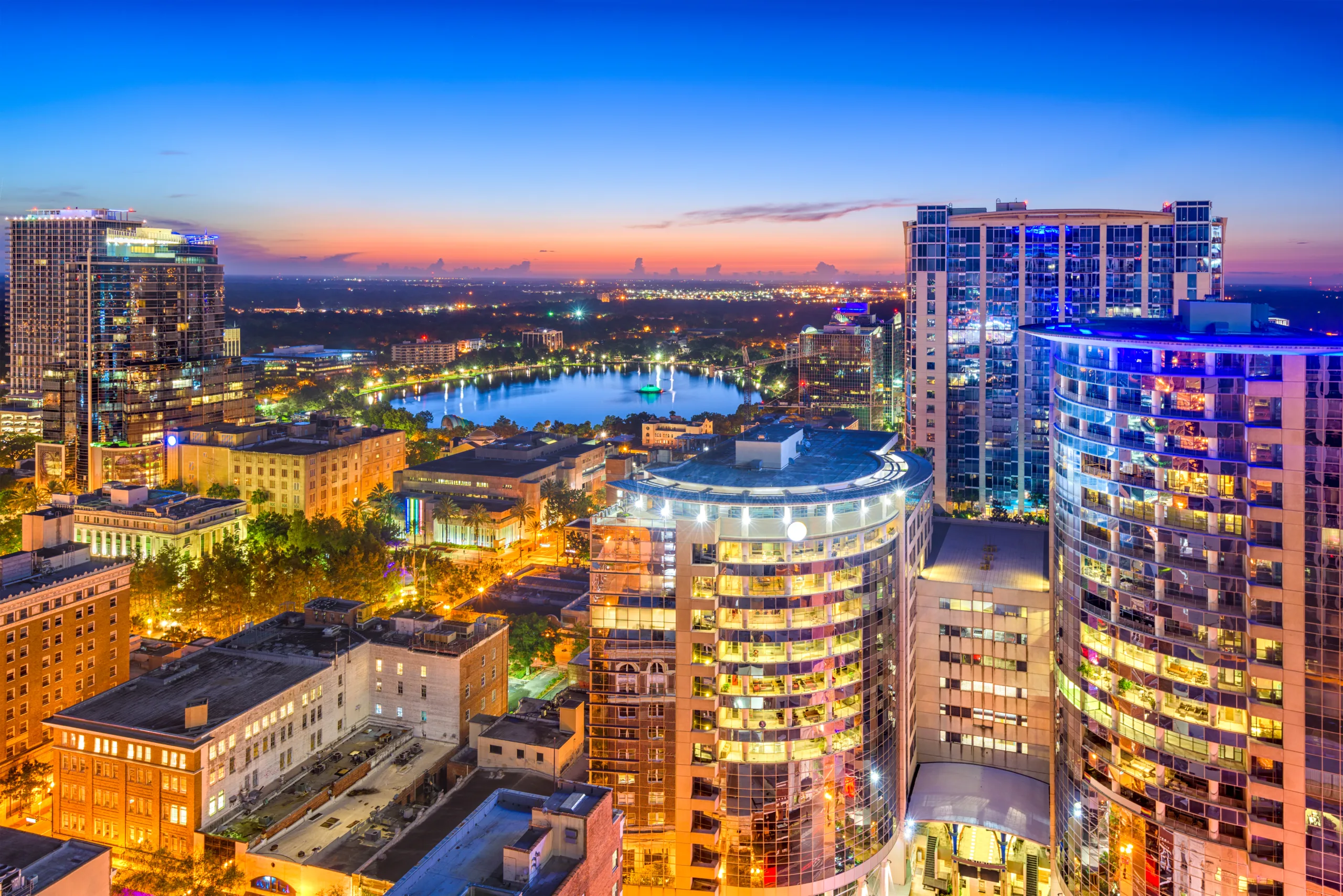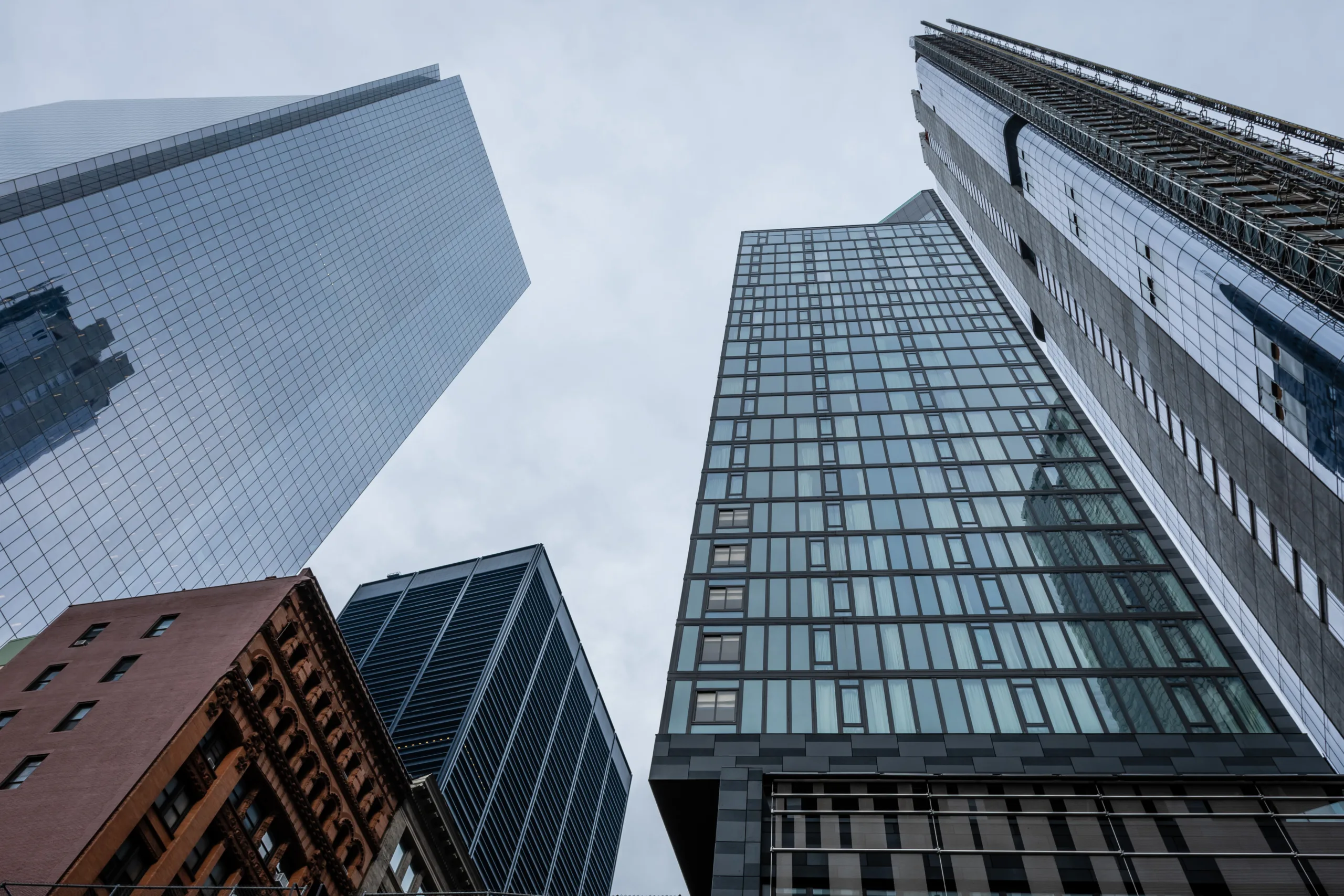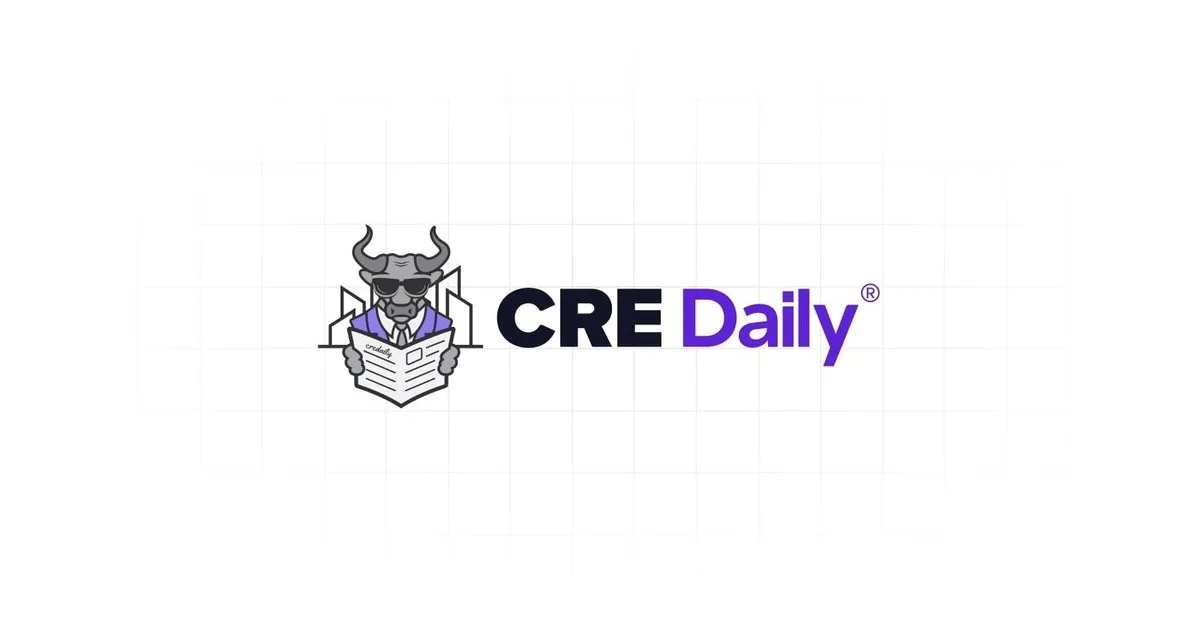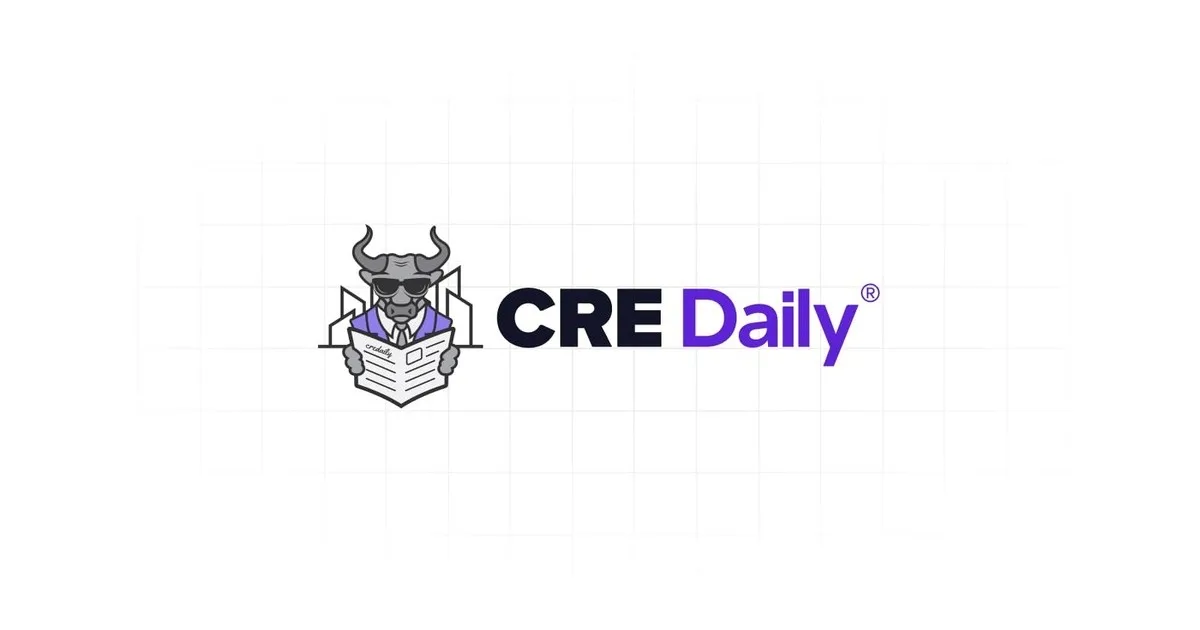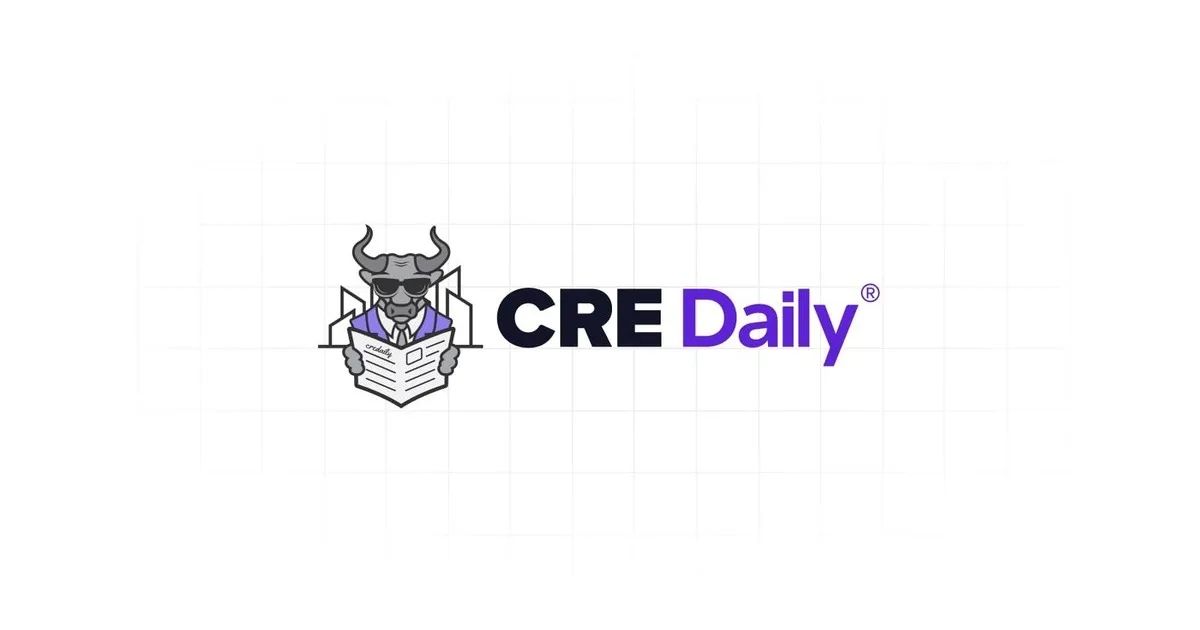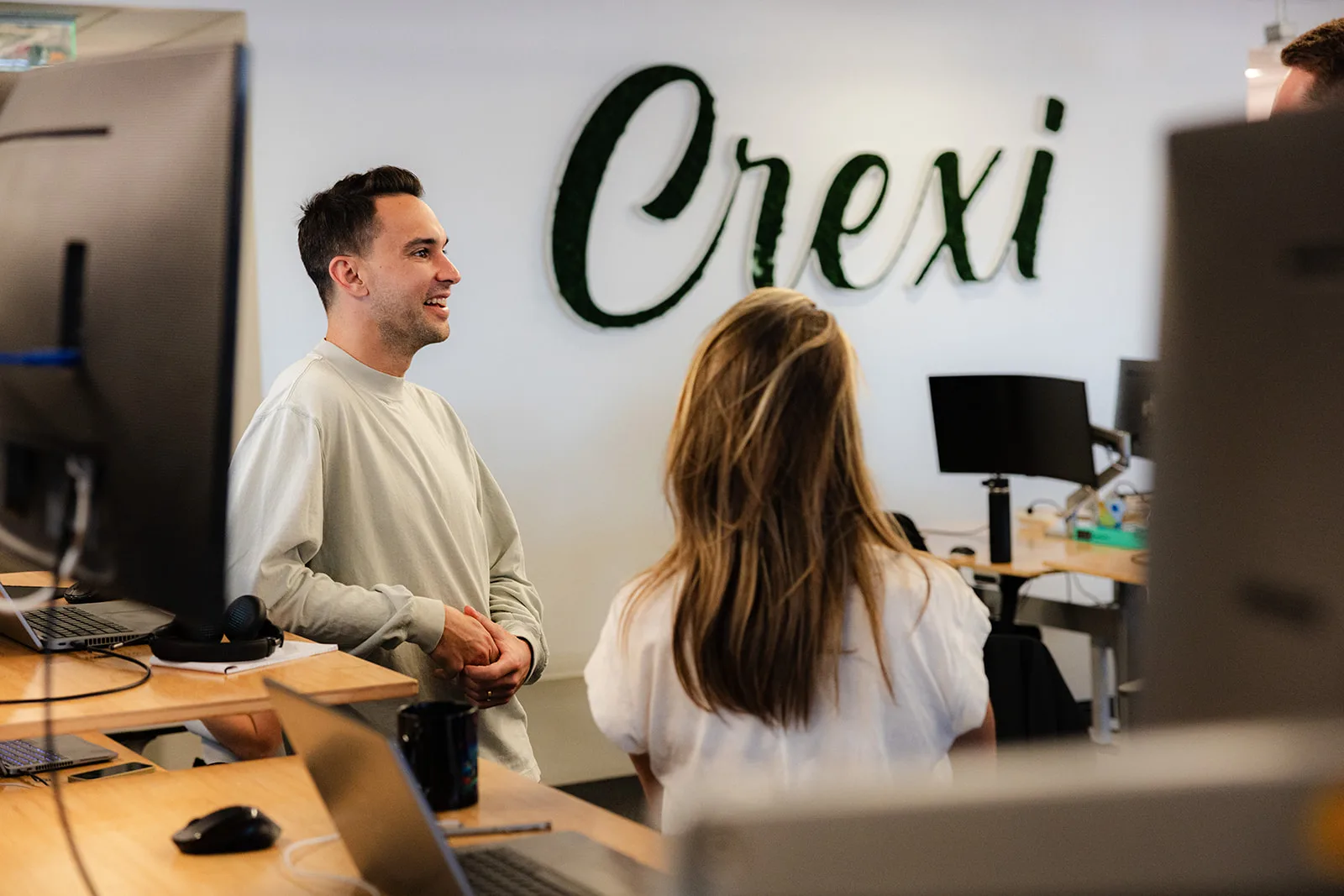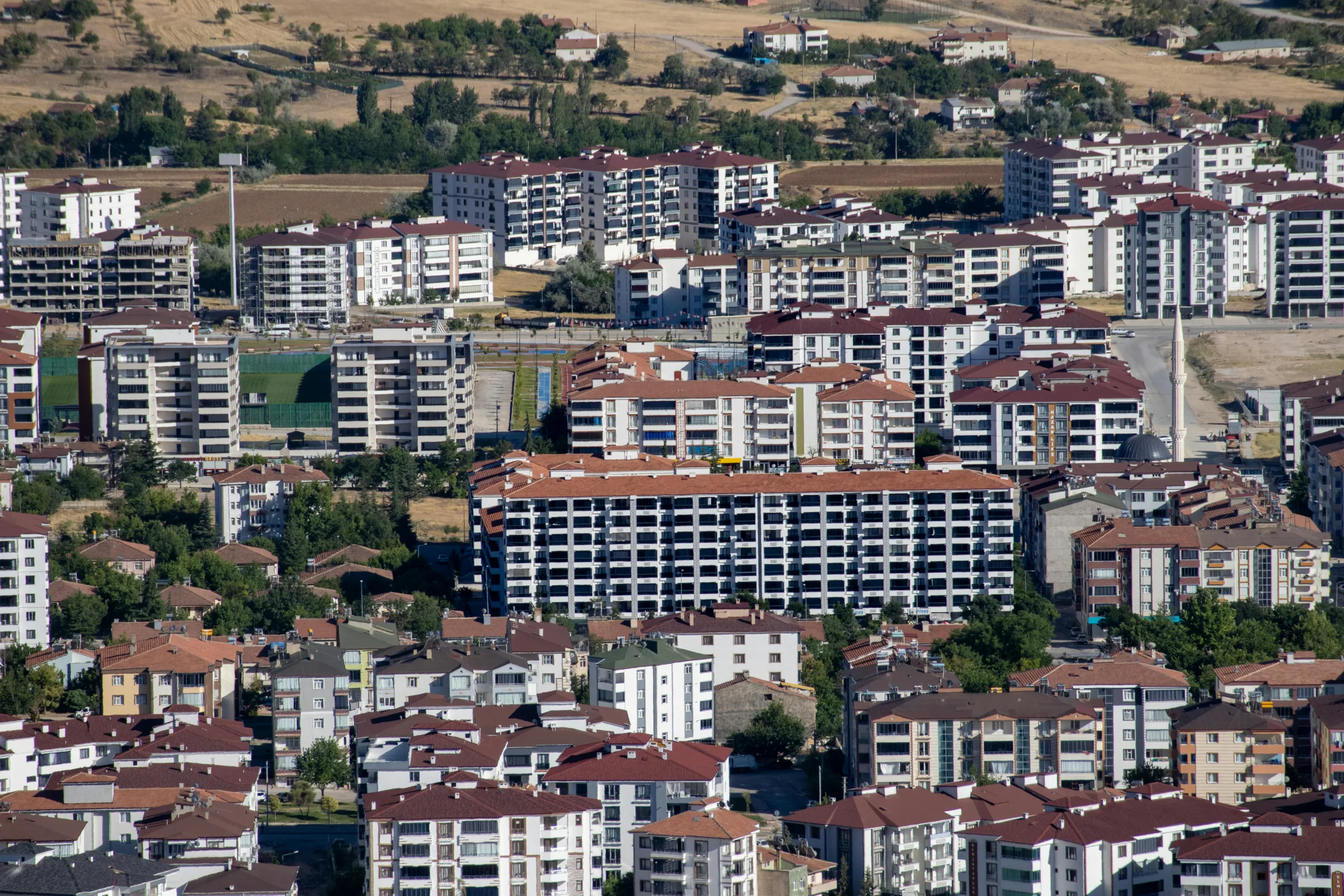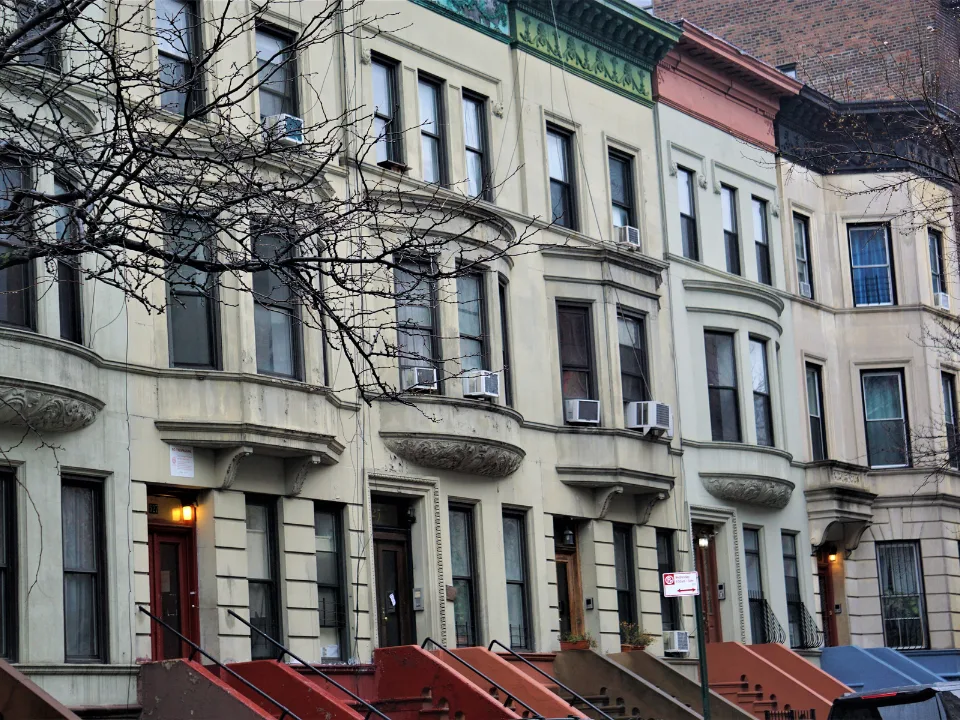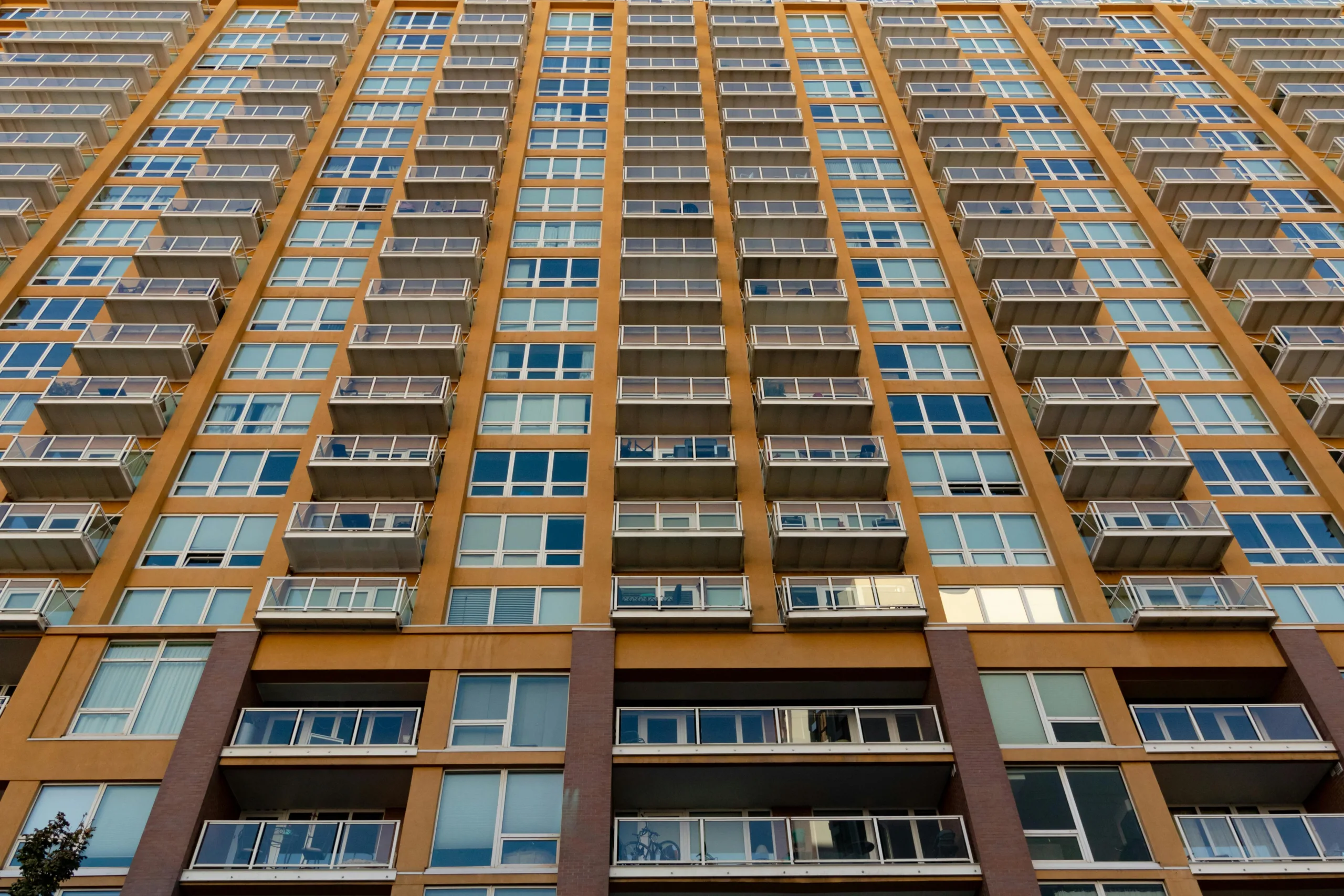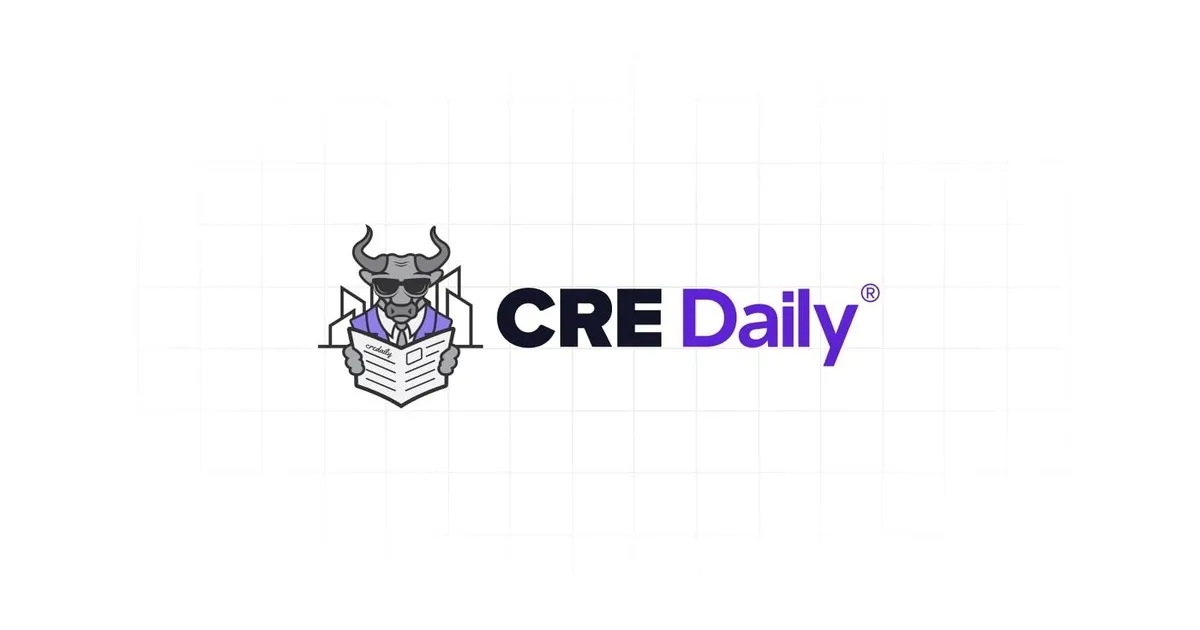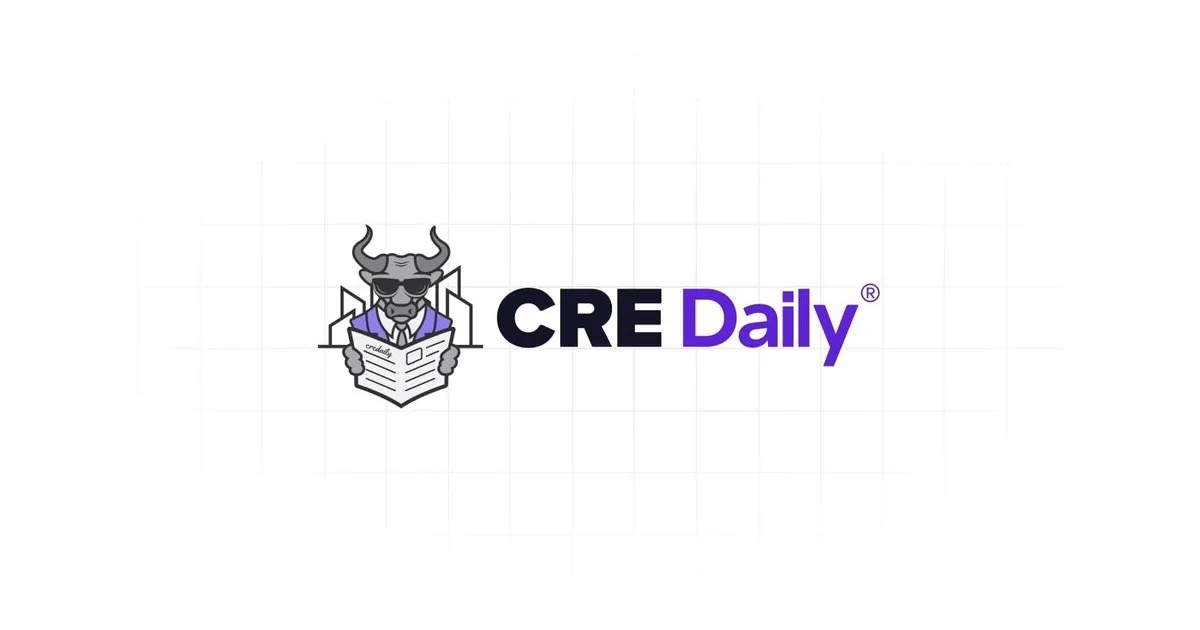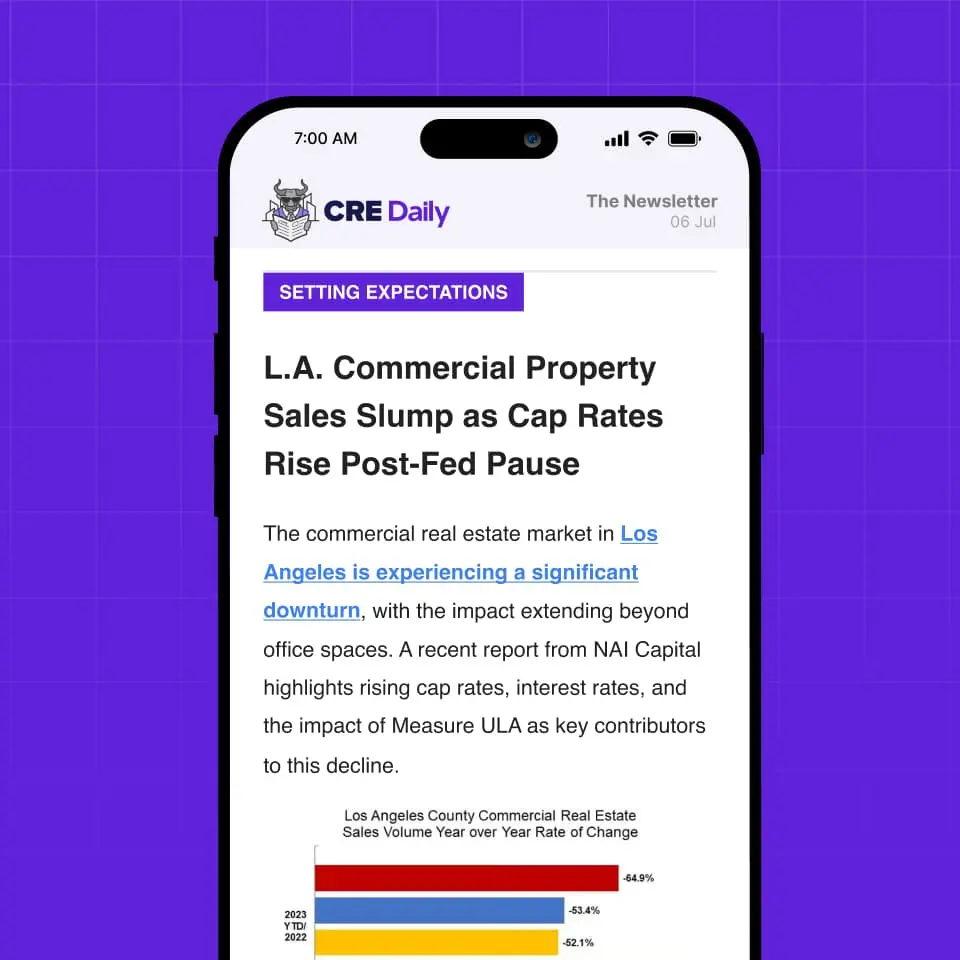- Office visits fell 34% from August 2019, a sharp decline from July’s 21.8% gap, driven by seasonality and fewer working days.
- Vacation season and flexible work policies contributed to the slowdown, with many employees taking extended time off.
- Chicago led all markets with a 12.5% year-over-year visit increase, while San Francisco showed strong recovery momentum due to AI sector growth.
- September is expected to be a critical month for office recovery as schools reopen and summer travel winds down.
Summer Slowdown
Office activity softened in August after a stronger-than-expected performance in July, reports GlobeSt. Data from Placer.ai showed a 34% drop in visits compared to August 2019. That’s a notable setback from July, when visits were down just 21.8% from pre-pandemic levels.
Placer.ai attributes the pullback to calendar quirks and seasonal dynamics. August had just 21 working days—one fewer than in August 2024 and 2019—which weighed on total visit counts. Adjusted for working days, however, this August still outpaced 2023 levels.
Vacation Effect
Peak summer vacation season also played a role, with more employees likely embracing flexible remote work during August. “Organizations may relax in-office requirements when substantial portions of their workforce are taking time off,” the report noted, echoing the known Friday-flex trend.
Get Smarter about what matters in CRE
Stay ahead of trends in commercial real estate with CRE Daily – the free newsletter delivering everything you need to start your day in just 5-minutes
Market Highlights
Despite the seasonal drop, several cities showed resilience:
- San Francisco outperformed expectations, driven by momentum in the AI sector and avoided last place in the recovery rankings, beating Chicago.
- Chicago led in year-over-year visit growth with a 12.5% increase, raising hopes for a possible sustained rebound.
- Boston posted a 3.1% annual gain, slightly better than the national average of 2.9%.
- Washington, DC saw visits fall 3.9% year-over-year, one of the weakest performances among major metros.
What’s Next
Placer.ai emphasized that office recovery remains nonlinear, with ups and downs driven by seasonality and external factors. While August marked a modest retreat, September will be key in determining whether the broader return-to-office trend regains momentum as schools reopen and employees return from summer breaks.
